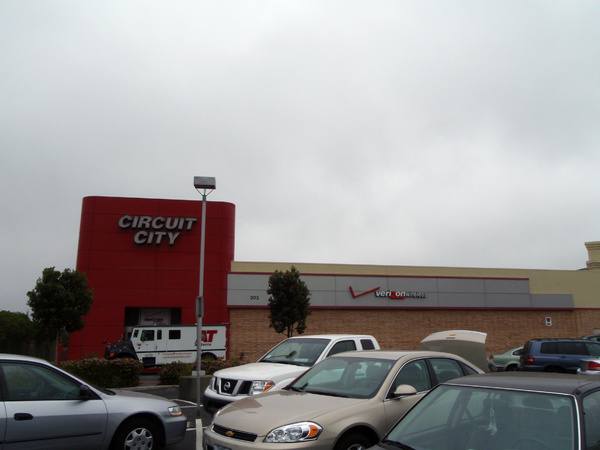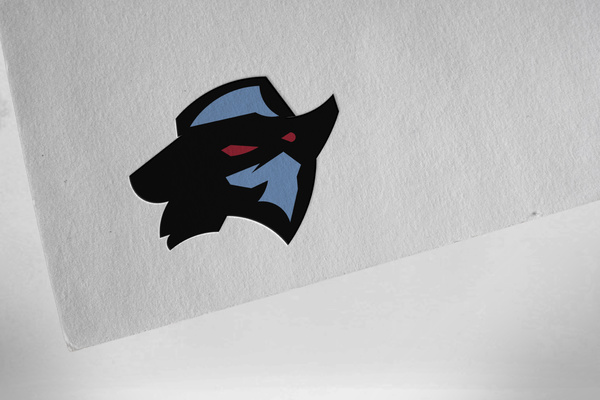Highlights
- Companies as diverse as Xerox, National Geographic, and Circuit City failed to innovate, and suffered painful costs as a result.
- While a company can survive failing to innovate, it can cost the firm billions and damage its long-term outlook, trapping it in legacy markets or costing it vital personnel that moves on to more creative companies.
Change is fundamental to any market, but not every company keeps up. Here are seven companies that failed to innovate, missed out on innovation, or simply took it for granted and lost out.
Xerox
Xerox was one of the pioneers of Silicon Valley with its Palo Alto Research Center. Much of what we use today, from the “desktop” metaphor to the mouse, was pioneered at Xerox PARC.
Yet, these innovations didn’t align with how Xerox viewed itself. Xerox was, and remains, one of the biggest firms in printing and copying, and didn’t see personal computing as a money maker. What did Xerox lose for failing to act on its innovations? As of this writing, Apple’s market value is $2.8 trillion per the Fortune 500, while Xerox’s is $3 billion.
National Geographic
Originally published by the National Geographic Society, National Geographic is one of the most widely read magazines of all time. Its photography and writing exposed many people around the world to a variety of different cultures.
The company was pitched on launching a documentary channel in the 1980s that it turned down, worried it would lose its scientific bent to sensationalism and unsure how its print and photography could translate to film. The team behind the pitch launched the Discovery family of networks. Nat Geo came to television in the 90s, but this was too little, too late. In the space of five years, NatGeo was sold twice and is now owned by Disney.
Circuit City
In the early 90s, Circuit City had the innovative idea of applying its experience in retail, logistics, commercial real estate, and point of sale to the auto industry to create a national network of used car lots. Jokingly called “Honest Rick’s Used Cars” after CEO Richard Sharp, the company finally settled on the name CarMax, opening its first lot in 1993 in Richmond, VA.
In 2002, CarMax was spun off, giving the shares it owned to Circuit City investors as a dividend on the belief that a strong retail market and demand for consumer electronics would keep Circuit City thriving. Seven years later, Circuit City went bust as e-commerce companies like Amazon snapped up their customer base. CarMax, meanwhile, posted nearly $19 billion in revenue for its latest fiscal year.
The Concorde
The Concorde promised to get us where we wanted to go as fast and as luxuriously as possible. As the only supersonic jet available for public use, it was seemingly just a matter of time before its technical achievements made it the standard in air travel.
Despite being in operation for thirty years flying between London, Paris, and New York, this didn’t happen. The problem was that its supersonic design created a sonic boom that meant it could only be used over open ocean. Limited routes meant limited utility.
The XFL
Football has been among the top-rated TV programs for decades. In 2001, the XFL was launched to offer people more football with different rules, scantier cheerleaders, and edgy names and logos. While the XFL did pioneer some sports broadcasting techniques like sky cams, the idea that football fans wanted more football any time of the year turned out to be wrong, leading to mistakes like airing a game against March Madness. XFL leadership also failed to consider that football has a substantial female fanbase, which was put off by the XFL’s raunchier and more macho tone.
Since then, there’s been an attempted revival, which ended early due to the COVID-19 pandemic. It was bought out by Dwayne “The Rock” Johnson for just $15 million. Time will tell if Johnson has figured out what the XFL’s previous owners haven’t.
Compaq
Compaq was built on innovation. Founded by three executives from Texas Instruments who worried the company was becoming too stodgy. It was among the first to legally reverse-engineer IBM’s personal computer in the early ’80s. Instead of competing on price, Compaq focused on quality, ease of use, and adding the newest and latest features.
The problem was they focused entirely on desktop computers, leaving the market in industrial computing and servers to others. The company’s sales structure also didn’t let them sell their products directly, unlike their competitors. They were getting beaten on price right as the personal PC started to become eclipsed by other products in the market. Seeing the writing on the wall, Compaq was sold to Hewlett Packard in 2002.
Borders
The history of Borders is the history of being constantly beaten to innovation. From the very beginning, when Borders was spun off by Kmart (combining their struggling Waldenbooks and Borders operations), the company was stuck in a catch-up mentality.
Take coffee, for example. In 1993, Barnes & Noble teamed with Starbucks to sell prepared coffee in its outlets, which immediately drew attention and drove sales. Borders didn’t make a similar arrangement (this one involved Seattle’s Best Coffee) until 2004. Barnes & Noble stopped charging for WiFi access years before Borders followed suit. It was even the last to launch an ebook platform (Kobo) in 2009.
Confusingly, Borders and Amazon worked together for a while, with Amazon essentially serving as Borders’ online operation. Right when Amazon was beginning to ascend, in 2008, Borders ended the partnership and announced it was going to launch its own competing site, making a better-funded partner into a rival.
Borders closed in 2011, outlived, ironically enough, by its own ebook platform, which is still available.
Innovation is the lifeblood of any business, and having the right innovation strategy can ensure long-term success. A failure to innovate or to see the value in innovation can be dangerous. To learn how to drive innovation in your organization, get a free consultation for your team. Schedule now!
Most Recent Posts
Explore the latest innovation insights and trends with our recent blog posts.



















